Keeping Hobart Moving plan: State government promises transport changes ‘never experienced before’
Hobart is known as the most car-dependent capital city in Australia but there are plans afoot to transform its public transit system and expand the capital’s active transport infrastructure.
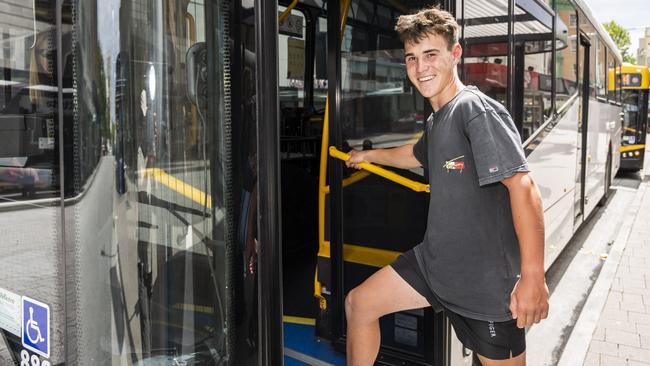
Tasmania
Don't miss out on the headlines from Tasmania. Followed categories will be added to My News.
Just as public confidence in Hobart’s transport system has taken a nosedive, the state government is devising a long-term plan it says will bring about transit changes the likes of which the city has “never experienced before”.
The draft Keeping Hobart Moving plan, which has been released for consultation, outlines a vision for creating an accessible and user-friendly transport network that is able to accommodate growth over the next decade and beyond.
The city’s population is projected to increase by 47,000 in the next 10 years, bringing it to a total of about 298,000 people – and with Hobart being the most car-centric capital city in the country, the government will want to ensure new residents don’t all jump behind the wheel, which would exacerbate traffic congestion and worsen the state’s emissions profile.
The next decade will see the Derwent Ferry service expanded and a bus rapid transit system established in the city.
These are exciting prospects on paper but with 180 Metro Tasmania services currently suspended in the capital amid a driver shortage, they are likely to be cold comfort to those Hobartians who are left waiting for buses that never come.
Verity Cleland, an associate professor at the Menzies Institute for Medical Research who is interested in active and public transport behaviours, said service reliability was one of the most highly valued features in a public transport system.
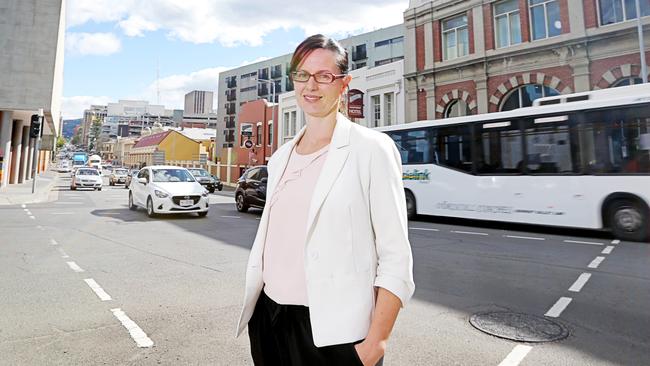
“I think anything that you’re looking at, whether it’s here and now [in Hobart] with service disruptions or whether it’s in a different place, I think reliability and efficiency are always critical to people using the service,” she said.
There are plans to create an extensive active transport network across the city, including new bike and walking paths.
Bicycle Network Tasmanian public affairs manager Alison Hetherington said less people were riding bikes to and from work since the pandemic but there was evidence they were riding more in off-peak times.
“Now people have more varied journeys and routes and seem to be valuing what’s in their near vicinity as much as going into a big hub like the city,” she said.
Caroline Lindus, of Fern Tree, recently purchased an Avanti Explorer e-bike for $4000, assisted by a $500 grant provided through the state government’s e-Mobility Rebate program.
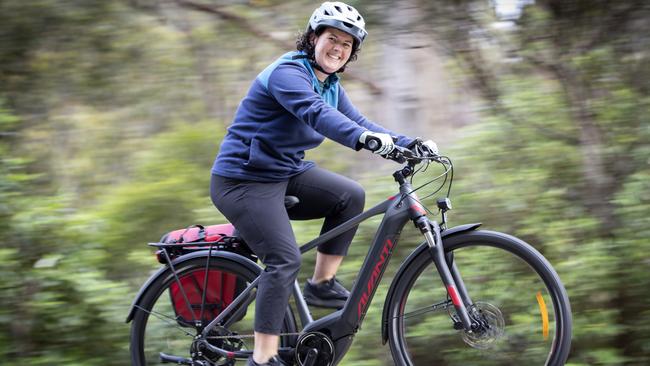
She said her commute was no longer “stressful” and she was “getting a bit of exercise” to boot.
“With e-bikes you still have to use your muscles, you still have to actually push your bike up the hill – it’s a power assist device,” Ms Lindus said.
Before she bought her e-bike, Ms Lindus would either drive to the outskirts of the city and then walk to work or travel directly into town and park there.
She said the “crisis with the buses at the moment” meant she hadn’t considered catching a Metro service.
“It’s not just that I’m saving money in terms of fuel [now] but I’m not adding to the climate crisis that we currently have. So I’m much happier about [riding an e-bike],” Ms Lindus said.
The government has set targets of increasing public transport use for journeys to work from 6 per cent to 10 per cent in Hobart by 2030 and has a goal of boosting the percentage of people walking, wheeling or bike riding to work from 8 per cent to 16 per cent.

They are targets made all the more ambitious by the number of people who continue to work from home in the wake of the pandemic, as well as the effect Covid has had on commuting habits.
According to the Greater Hobart Household Travel Survey, conducted prior to the pandemic in 2019, 77 per cent of all trips are made in private cars, while 5 per cent are via bus, 16 per cent are made by walking and 1 per cent by bike.
The State Growth Department is undertaking a new survey of transport trends, with the results expected to be released in July.
What is clear already is that less people are catching the bus post-Covid.
The Sunday Tasmanian asked Metro for its exact patronage figures from the past two years but was told the statistics were “commercial in confidence”.
“Metro is currently operating at around 80 per cent of the pre-pandemic patronage,” a company spokesman said.
Since the last travel survey was conducted in Hobart, the ferry service on the Derwent has commenced between Brooke St Pier and Bellerive and hire-and-ride e-scooters have also been rolled out across the city.
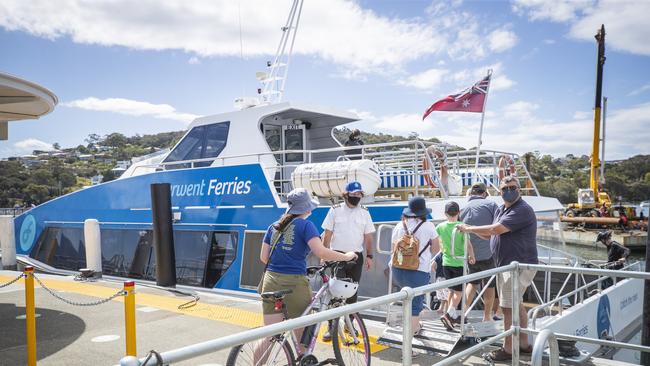
It’s hoped a beefed-up ferry offering, boasting six new terminals on the river, can help ease congestion on Hobart’s roads.
Derwent Ferry manager Josh Newton said about 80 per cent of the more than 300,000 people who had used the service since its launch in August 2021 would have otherwise been using private transport, according to “early survey work”.
Micromobility companies Neuron and Beam have been licensed by the Hobart City Council to provide hire-and-ride e-scooters in the city since December 2021, with more than 830,000 rides recorded since then at a median duration of 8.4 minutes.
A Neuron spokeswoman said the peak time for trips on weekdays was 4-6pm, indicating that riders were using the company’s devices for their commute home from work.
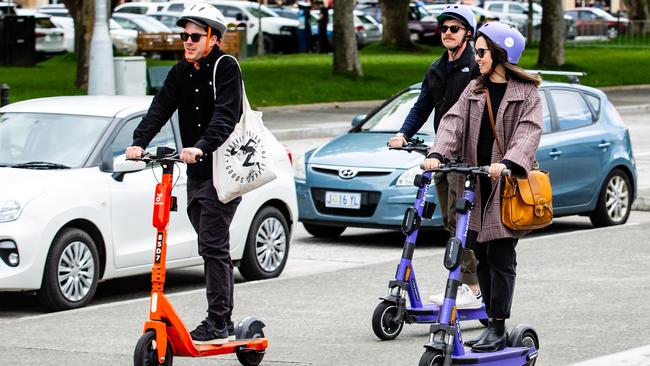
As increasing options are added to the transit mix in the capital and the bus service struggles to meet public expectations, the city, according to the Keeping Hobart Moving draft plan, is “at a crossroads”.
Major decisions about the future of transport in the region clearly need to be made.
In the meantime, young people are speaking out about their frustration with the existing system.
Dylan Hoare, 15, of Glenorchy, who uses the bus about once a week, said he had recently encountered problems with Metro services and that sometimes buses were either very late or did not turn up at all.
“If I’ve got a booking or something [and the bus doesn’t arrive], it can be a bit hard to change it,” he said.
“It’s really annoying if you want to get somewhere.”
More Coverage
Originally published as Keeping Hobart Moving plan: State government promises transport changes ‘never experienced before’





